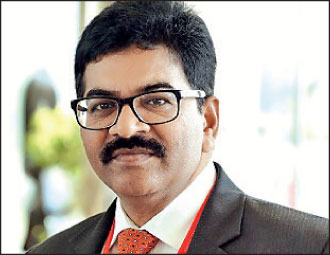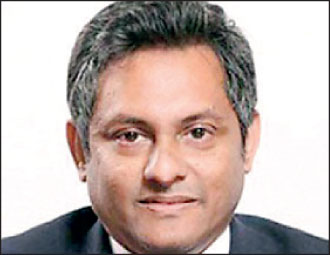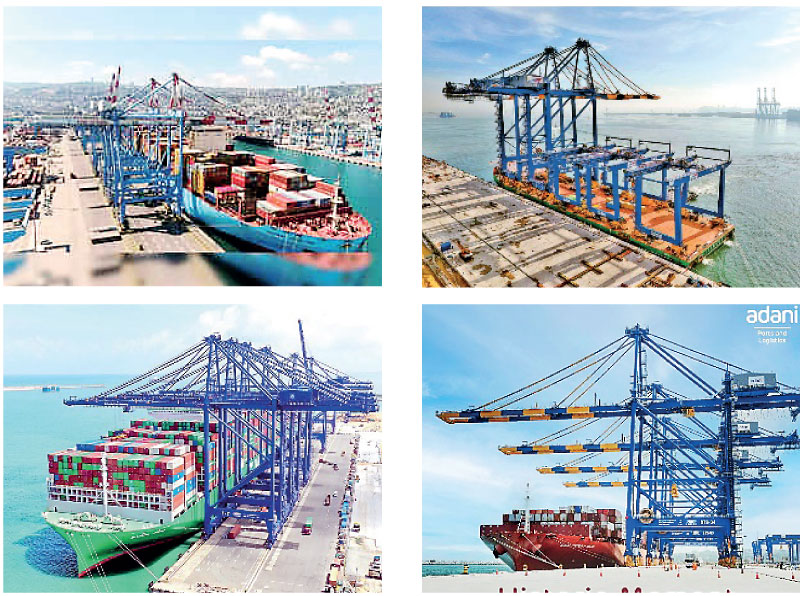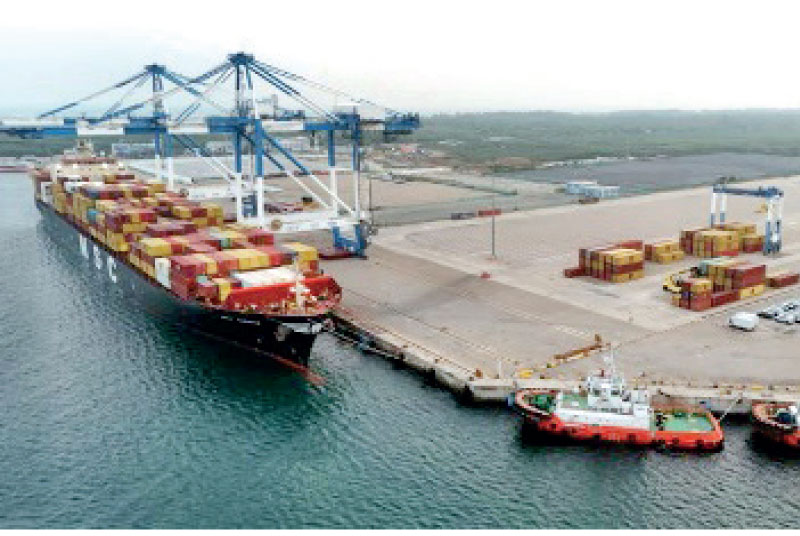Sunday Apr 20, 2025
Sunday Apr 20, 2025
Monday, 18 November 2024 00:36 - - {{hitsCtrl.values.hits}}
 |
| Gateway Media, India Editor Ravi Ramprasad |
 |
| CIMC Events Founder Rohan Masakorala |
“The changing maritime geographies due to economic output and the trends adopted by main lines and feeder operators are bound to change over the next decade. Competition among ports to attract new businesses will increase as the capacities in the Indian subcontinent and the Far East and Middle East are being expanded rapidly. This regional discussion on Colombo being relevant as the main transshipment port, while India, Bangladesh and Pakistan are expanding their capabilities with many reforms and infrastructure in partnership with global industry giants will be a key highlight that will be discussed at the Colombo International Maritime and Logistics Conference (CIMLC) 2024,” said its founder Rohan Masakorala.
Masakorala pointed out that Colombo Port will double its container handling capacity to 15 million TEUs by 2026. The fastest growing major economy, India and its container throughput and India’s major port performance will shape up the transshipment business in South Asia over the next decade. This will give the big picture for transshipment ports and the opportunities, threats and foresights into competition in containerisation in South Asia. The India Container Report that will be out at the conference presented by Gateway Media Editor Ravi Ramprasad will reveal the trends and growth in Indian container market and the performance of ports and planned capacity of India. The role of Vizhinjam port and other proposed deep terminals in India such as Vadhvan, Andaman and expansion of Mundra, need to be understood and what will it translate into for transshipment?
“Feeder networks will be a key insight on deciding how transshipment hubs will evolve. The regional dynamics are changing, which may change frequencies and routes and will require pragmatic policy decisions to compete in such an evolving environment,” Masakorala added.
Logistics is the frontier
The global logistics industry is a large and growing sector, with a value of $ 9.83 trillion in 2022. The industry is expected to grow at a compound annual growth rate (CAGR) of 5.6% from 2023 to 2032. Some predict that the global logistics market will reach $ 21.91 trillion by 2033. This is the new opportunity for greater revenue and to increase volumes for Sri Lanka, our location is more attractive for logistics services while transshipment is relatively a low margin and a volatile business which will be highly competitive in the coming decade. We need to look at expanding the freeport/free zone concepts that are successful in the UAE accounting to well over 20% of GDP, which handles over 20 million containers while not being on the main shipping routes, because of its value adding concept. India’s coast is 7,000 km long, while Sri Lanka is situated in the centre of the east and west coast of India. “If the country takes the right steps fast to attract investments, we really can transform into a logistics hub, and we must target at least 5% of GDP by 2030 from the logistics industry, which is at below 2% now,”Masakorala said.
All this and much more will be discussed at the Colombo International Maritime and Logistics Conference from 27 to 29 November in Colombo. More information on: www.cimc.lk/ 0773820703


New deep-water container port capacity in South Asia – Colombo West Container Terminal, Colombo East Container Terminal, Vizhinjam Port, Kerala, India; Hambantota Port, Sri Lanka; Vadhvan Port, Maharashtra, India